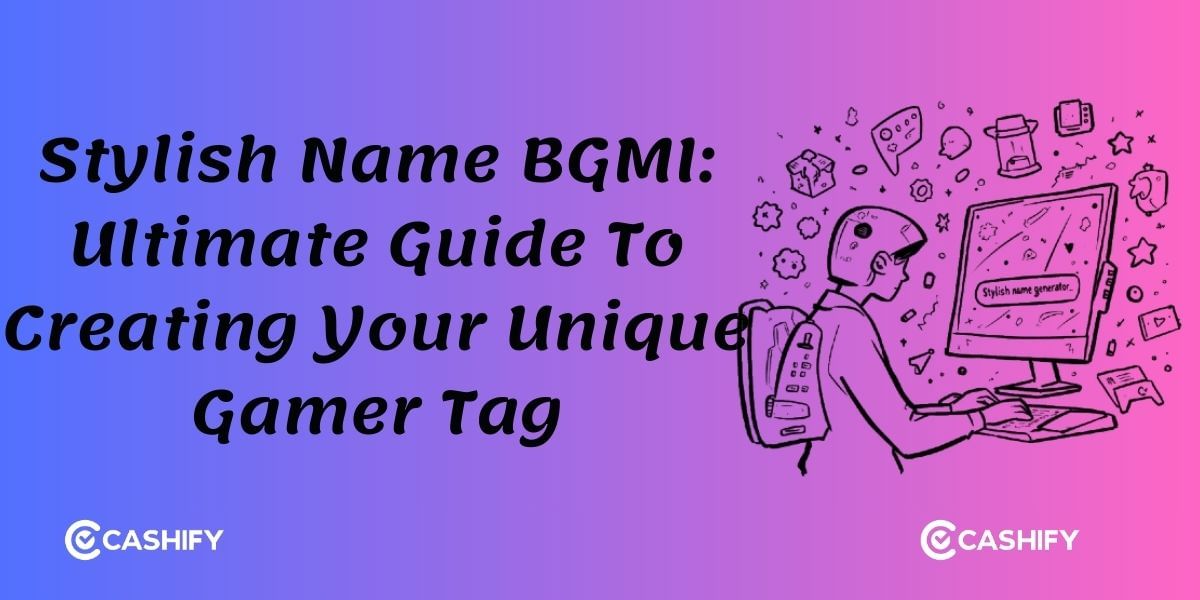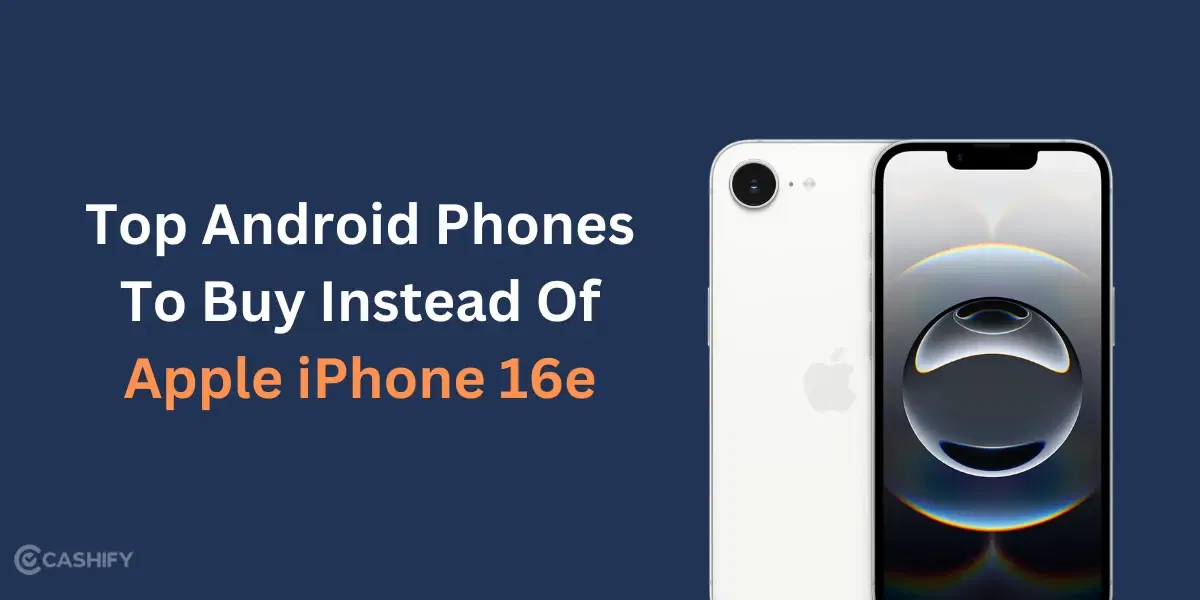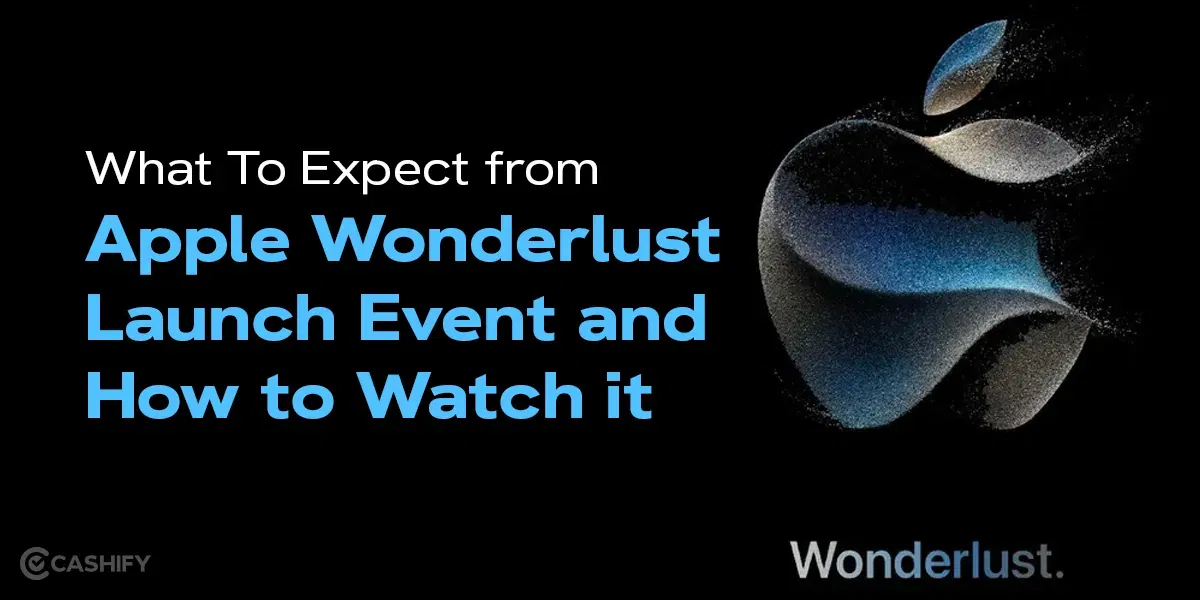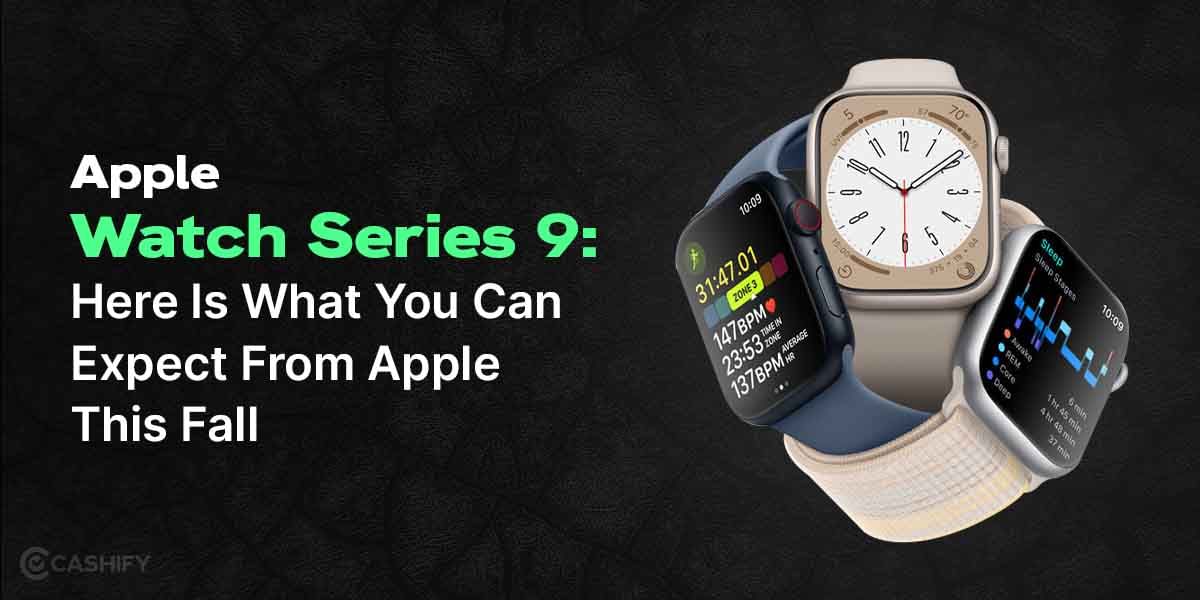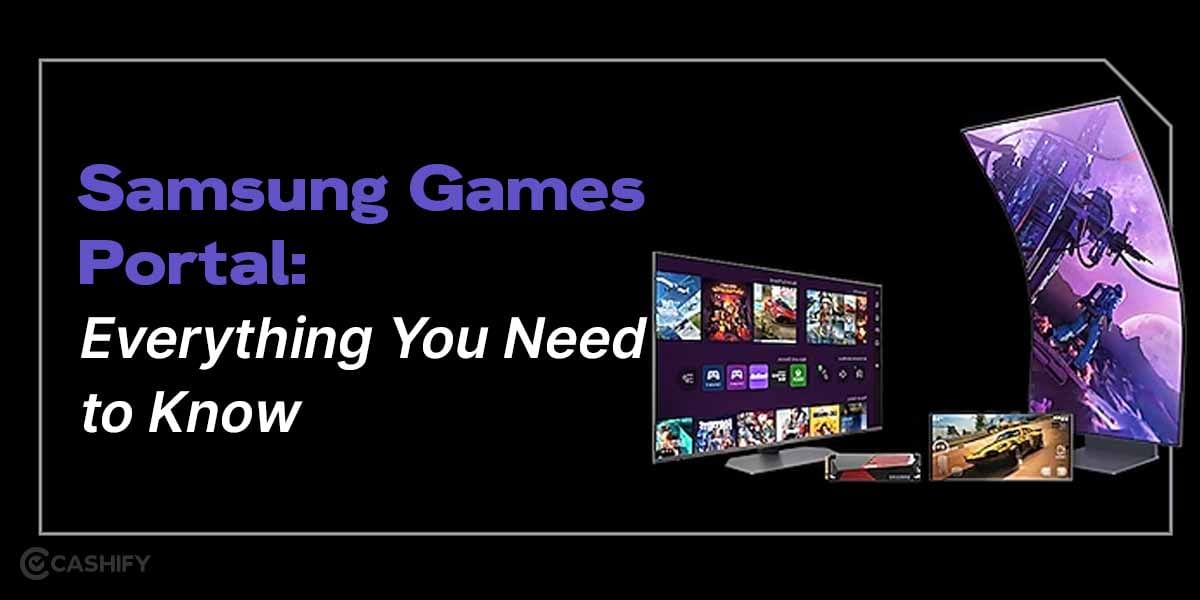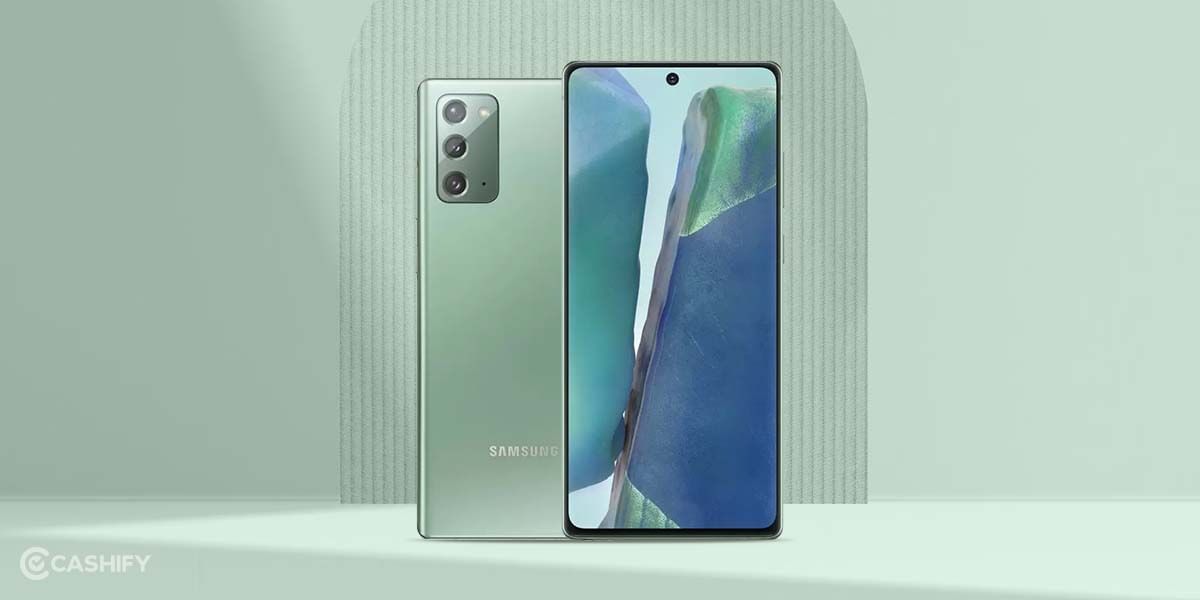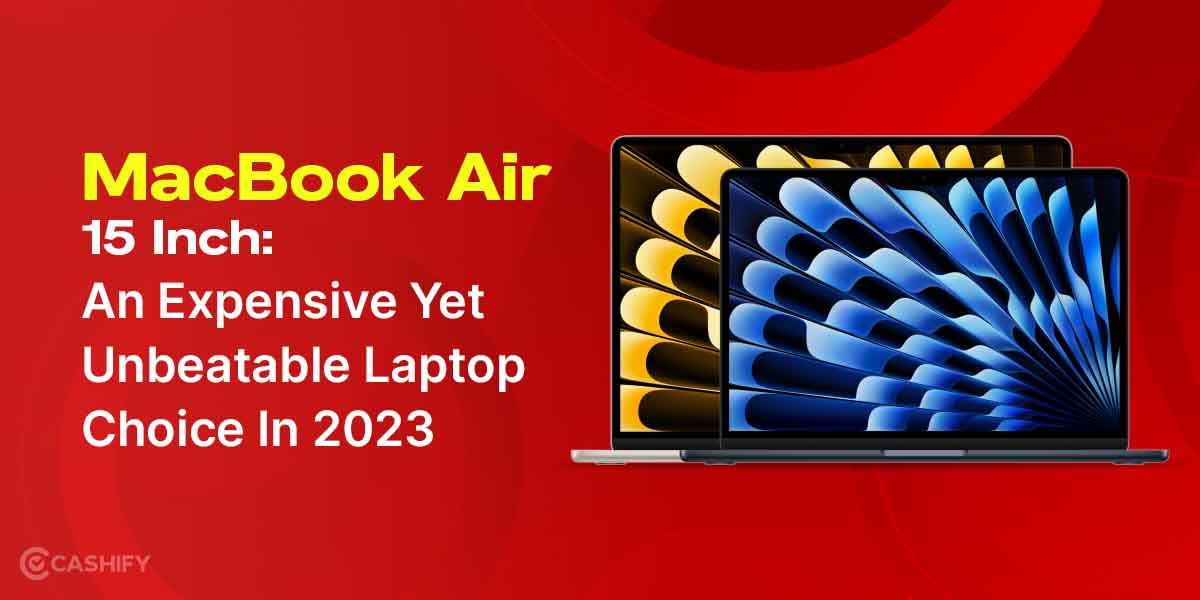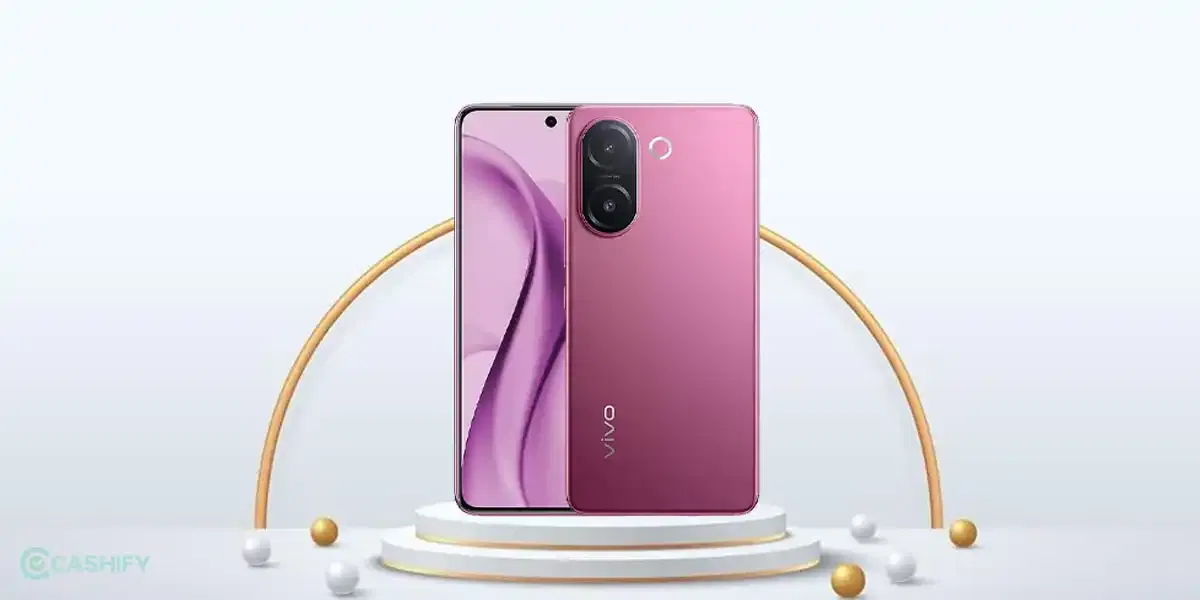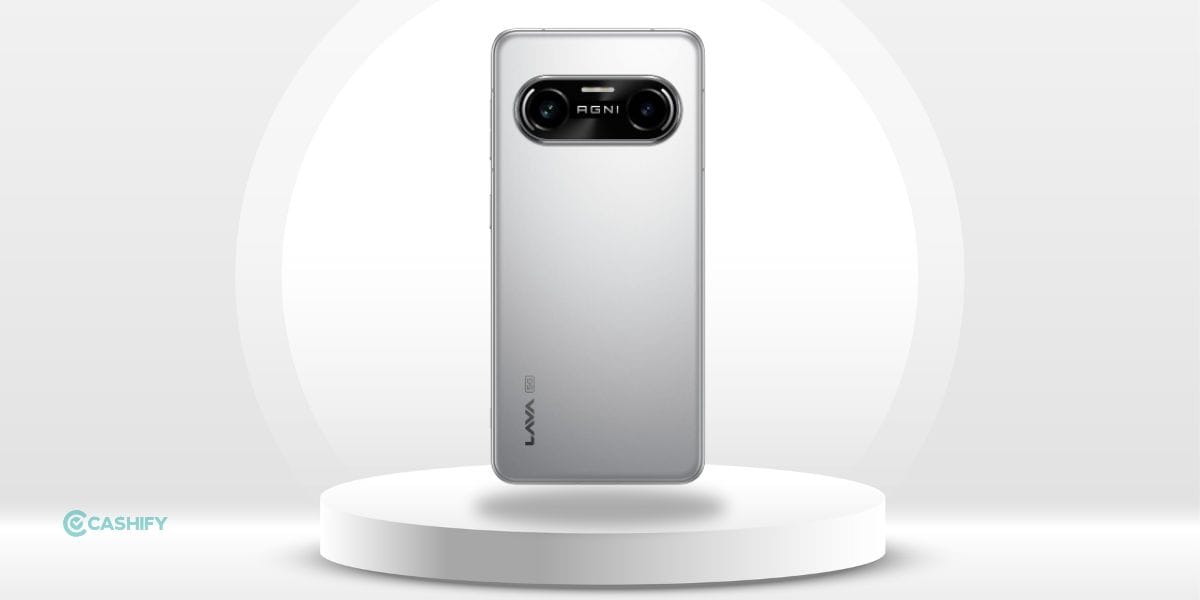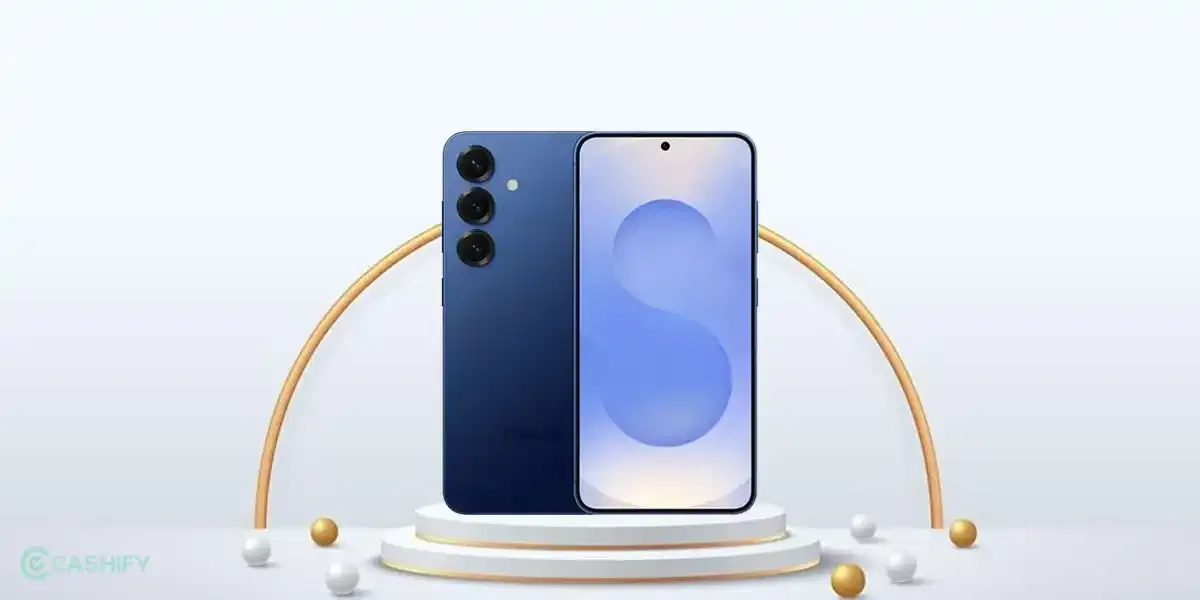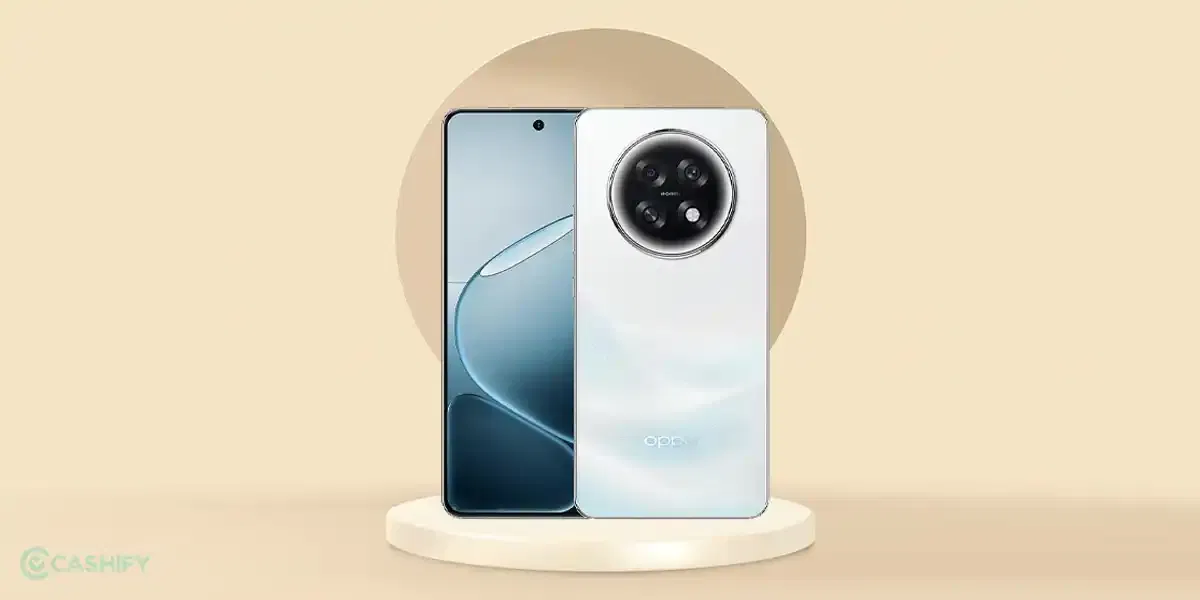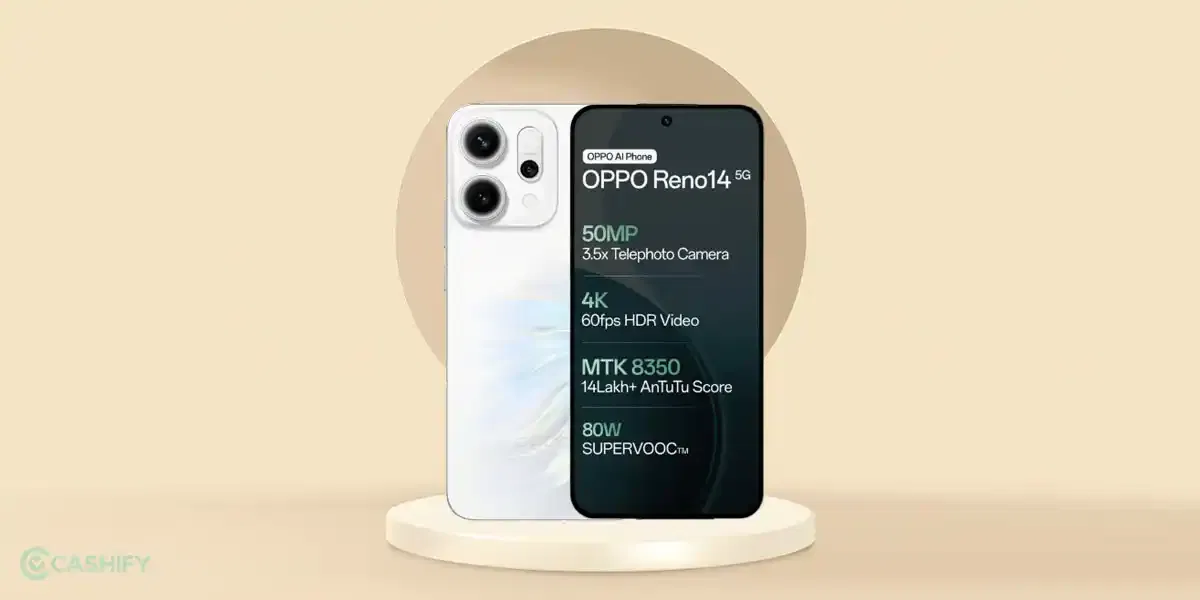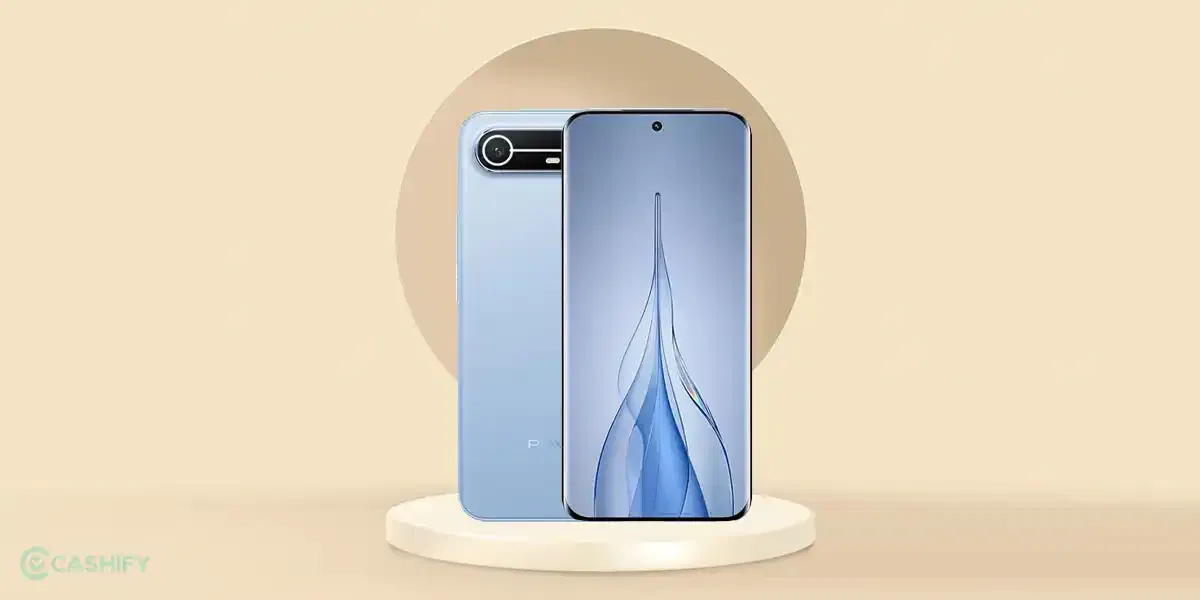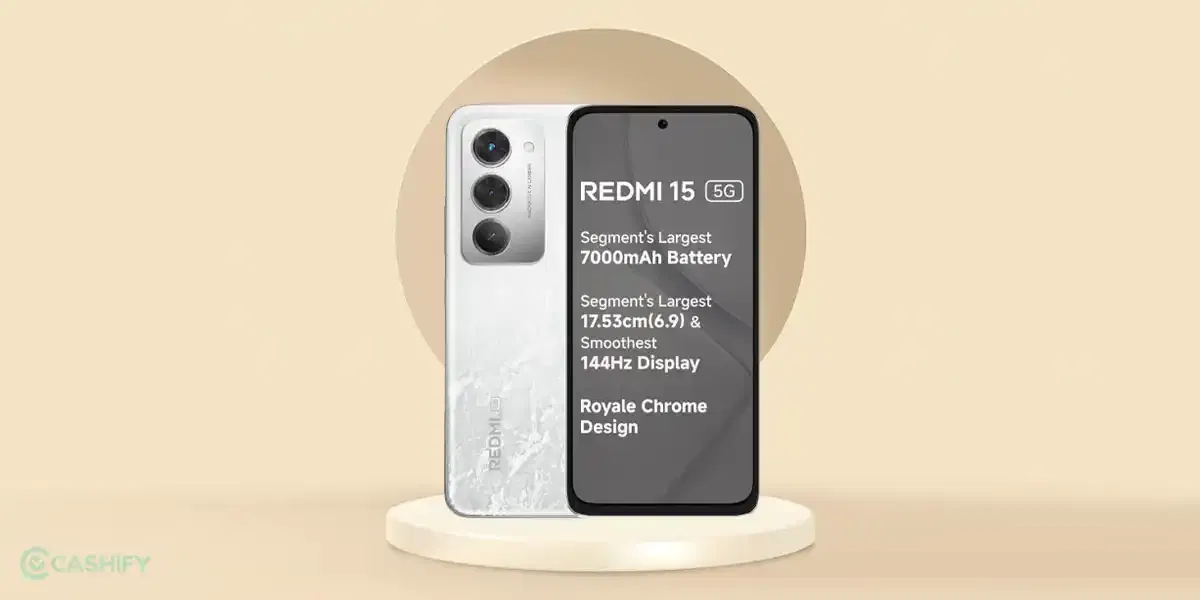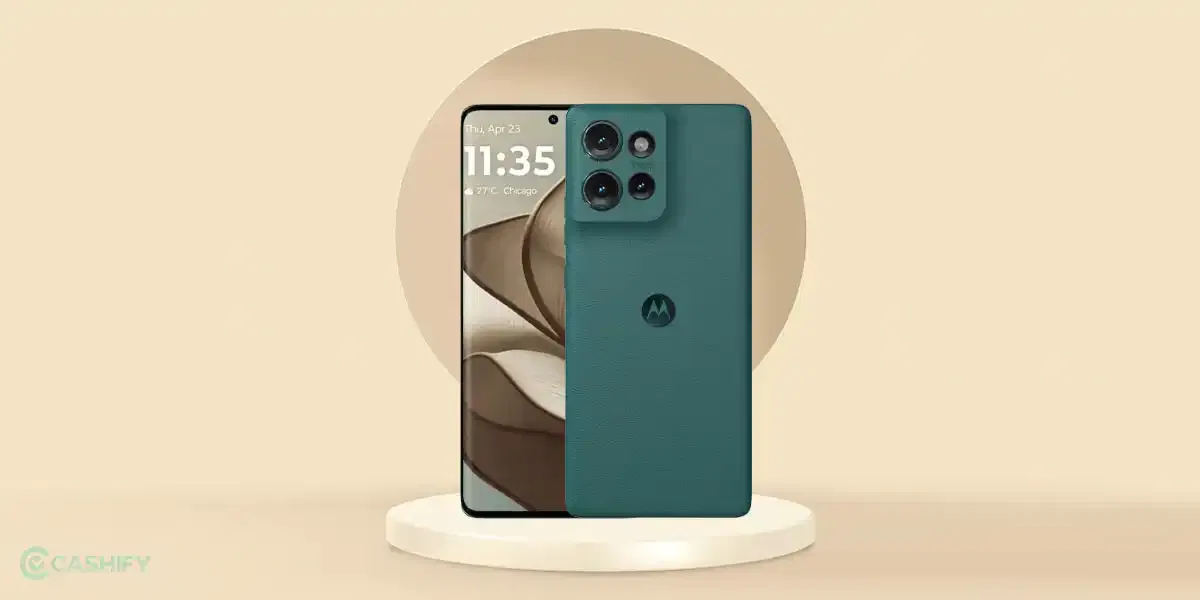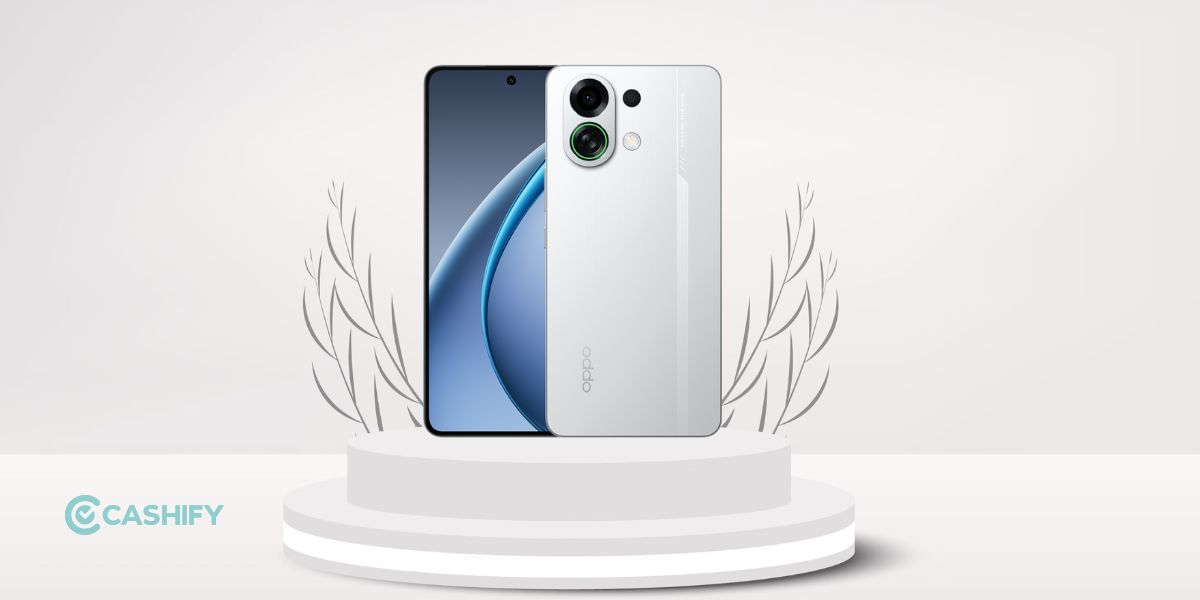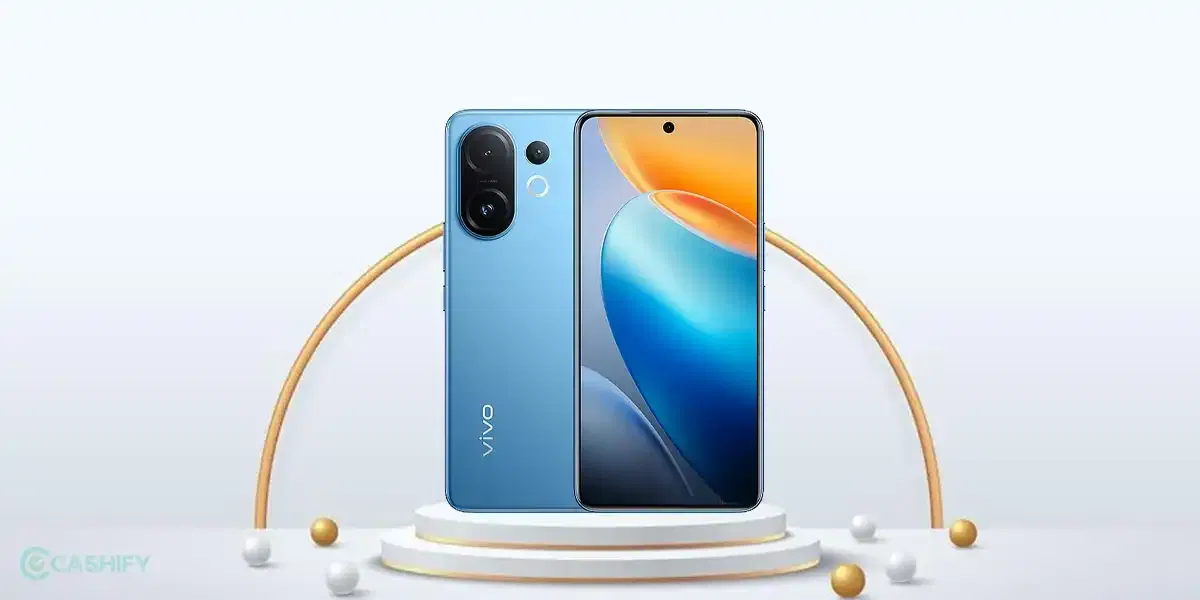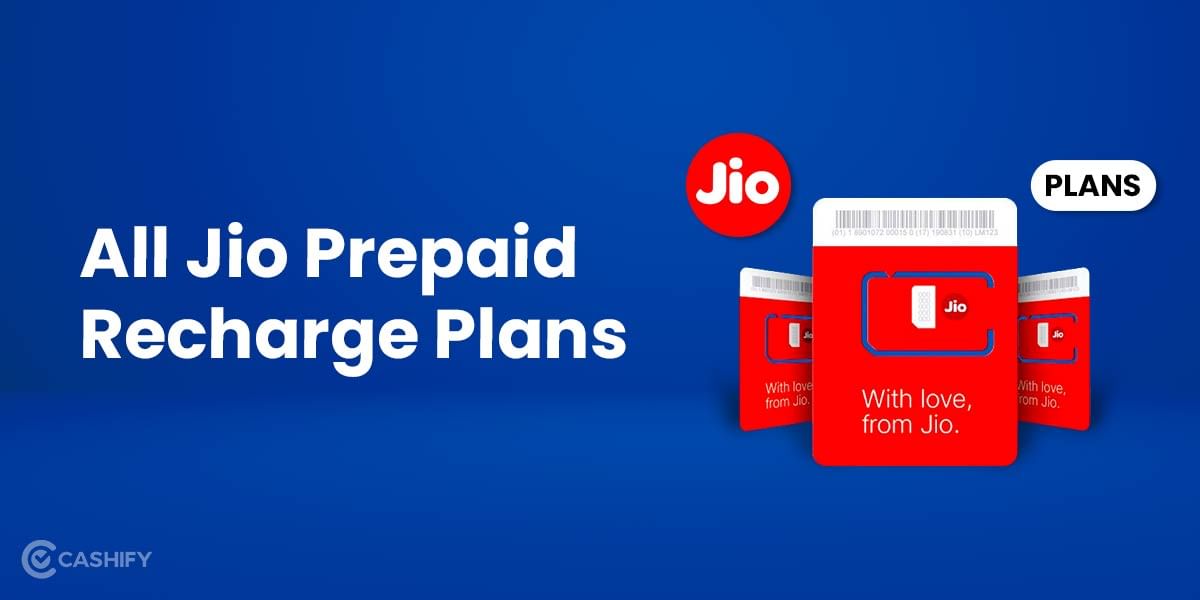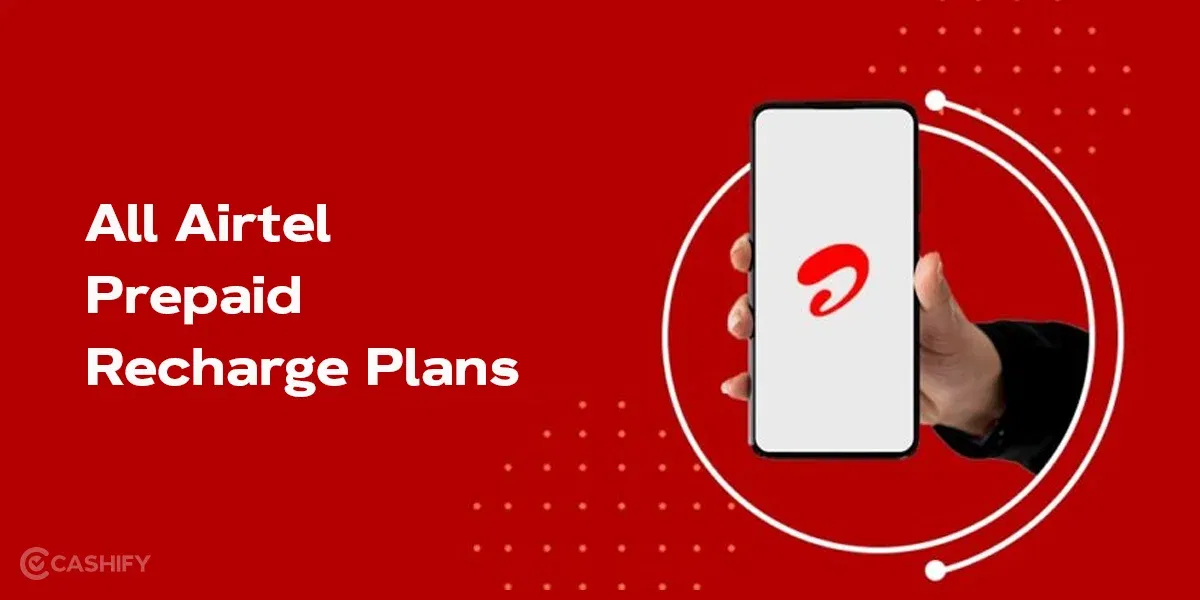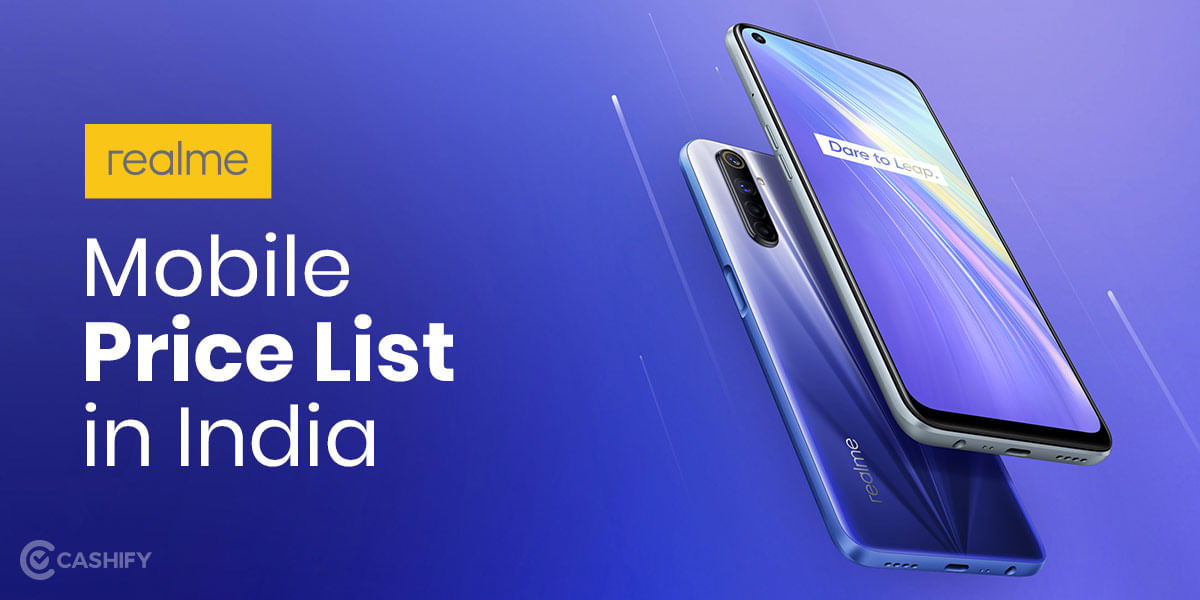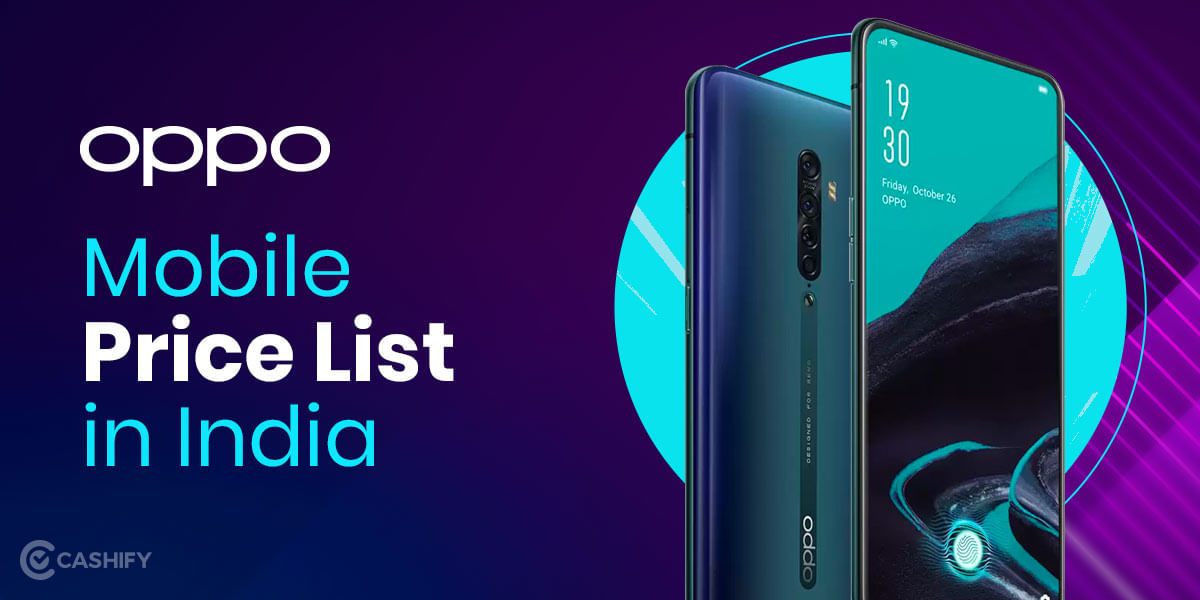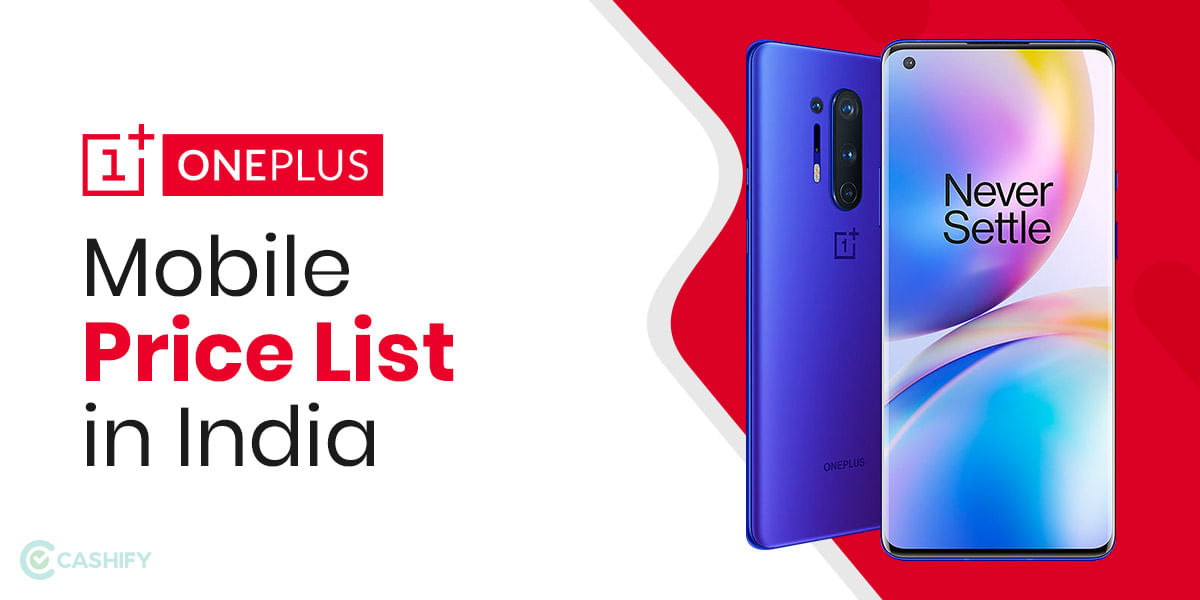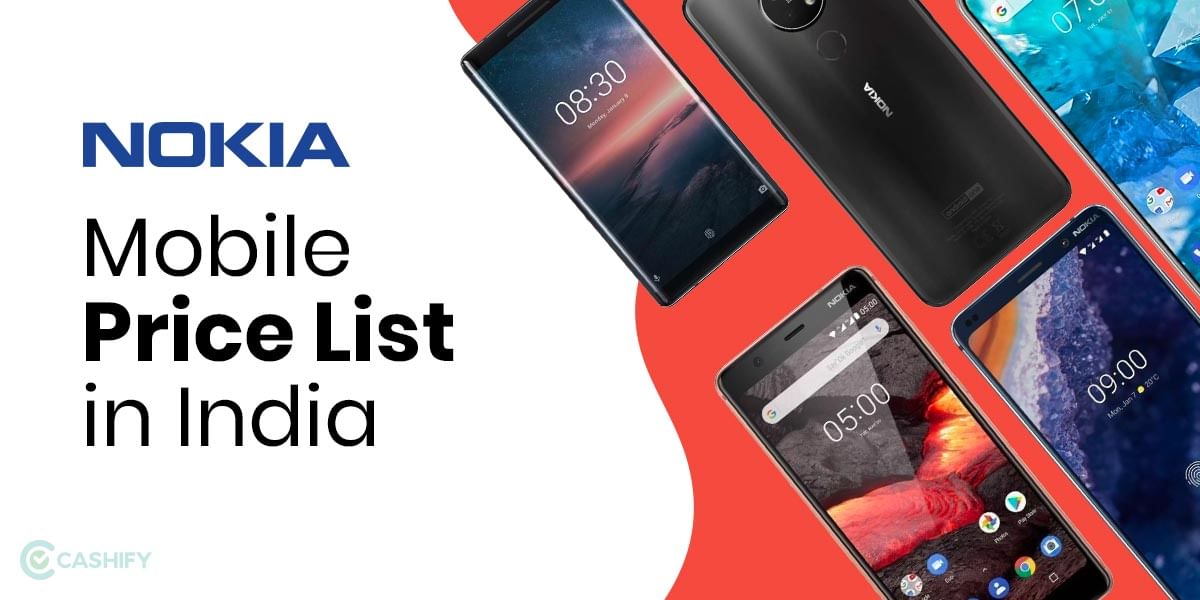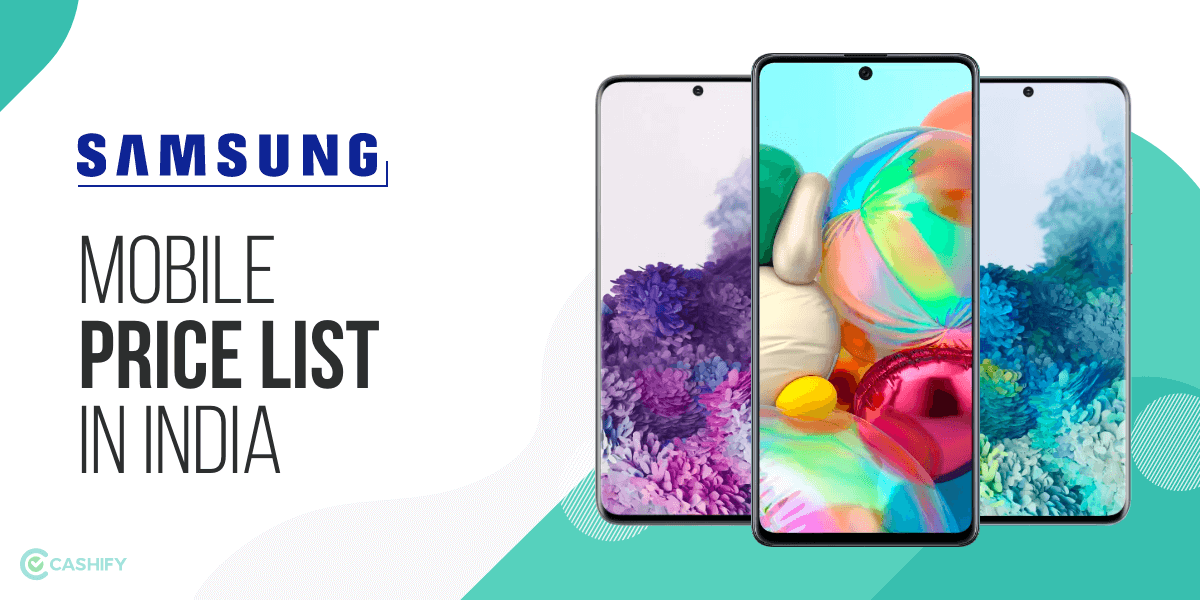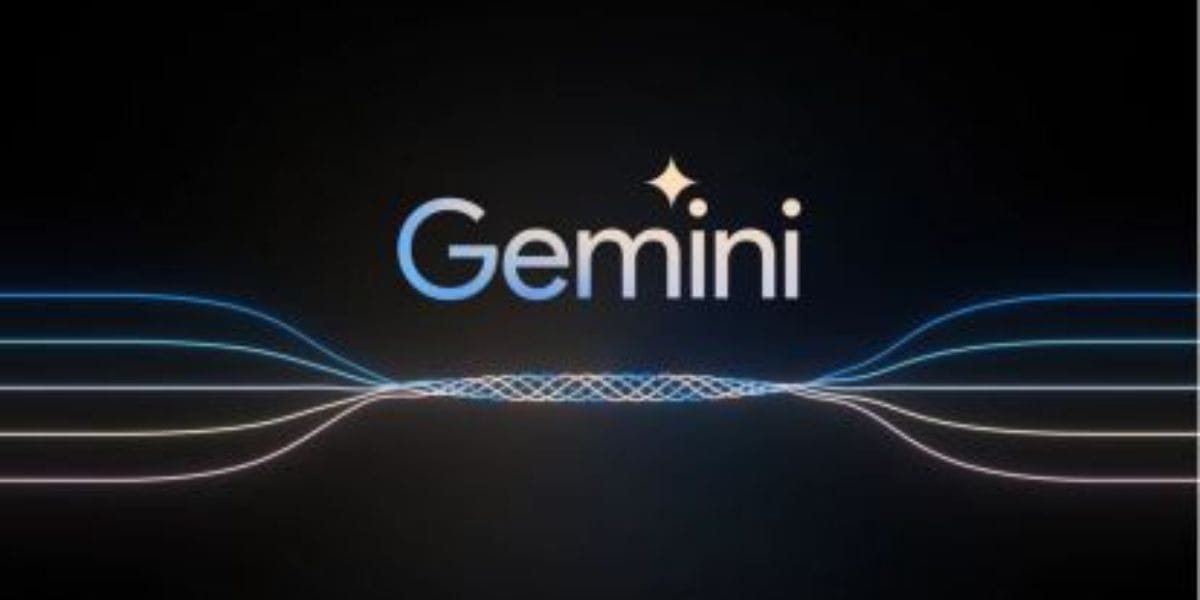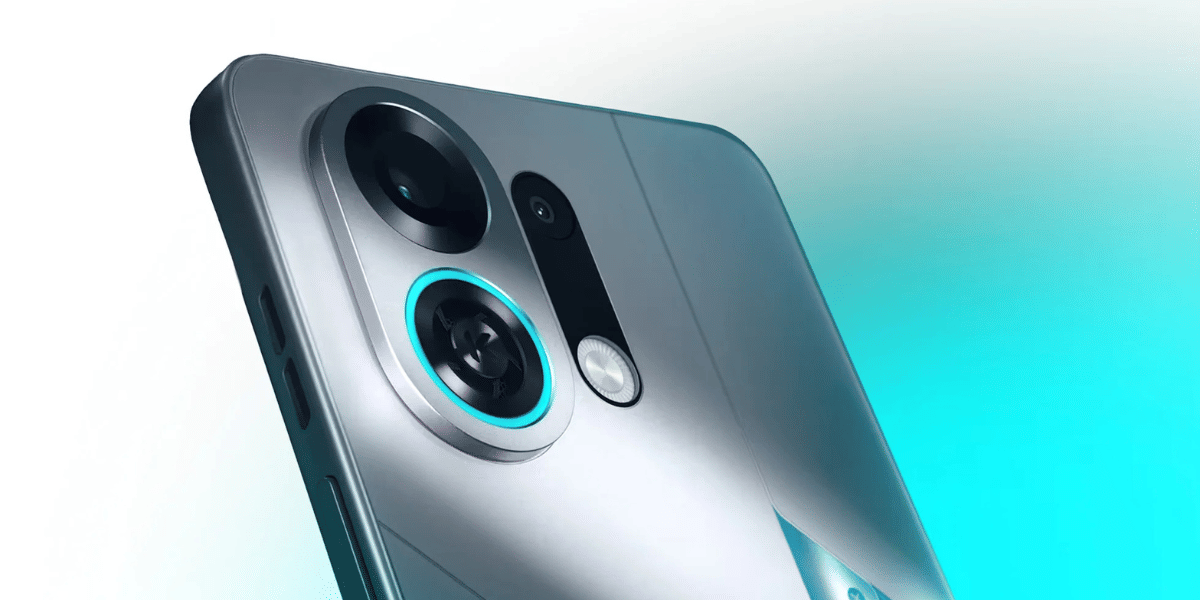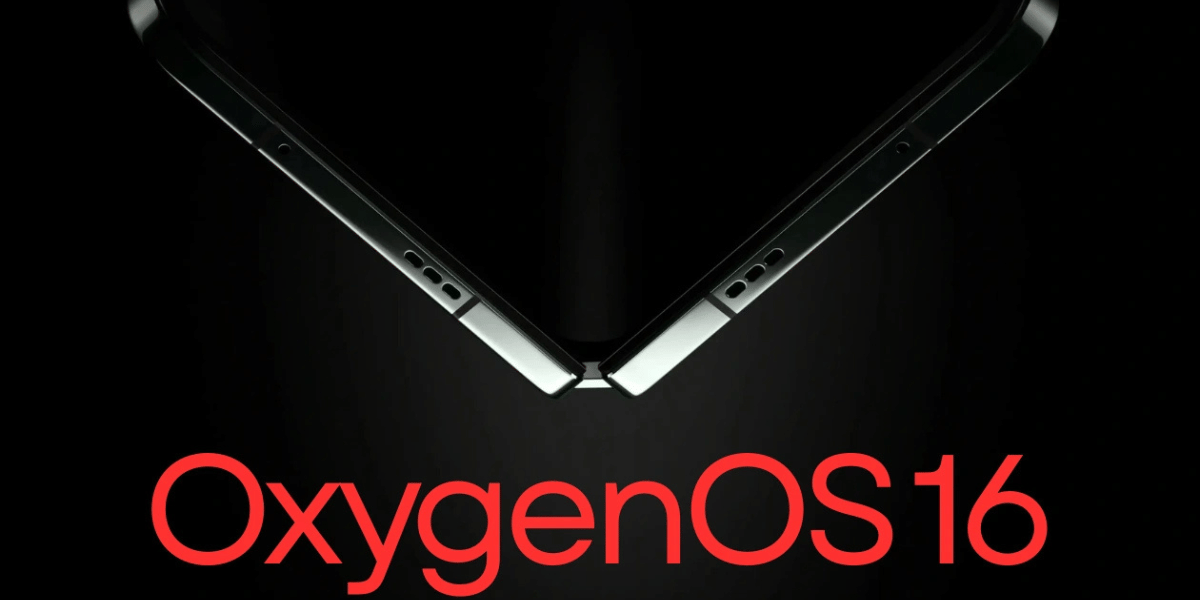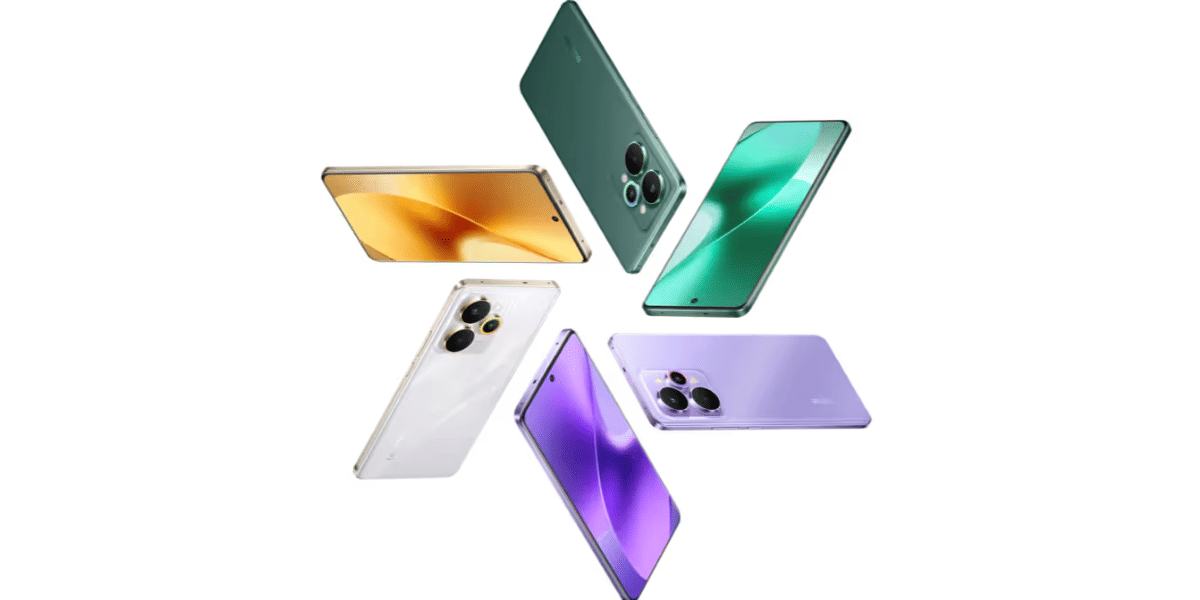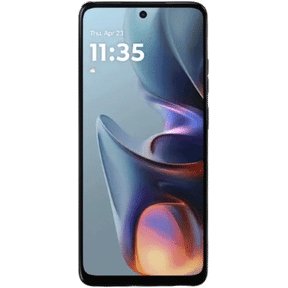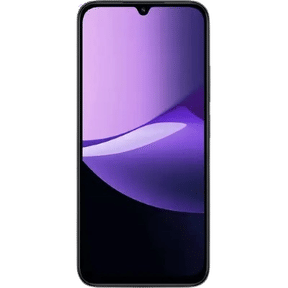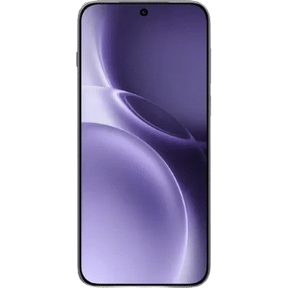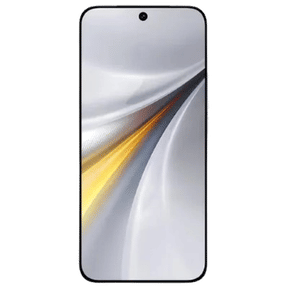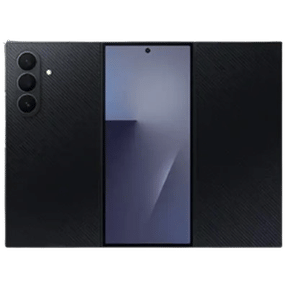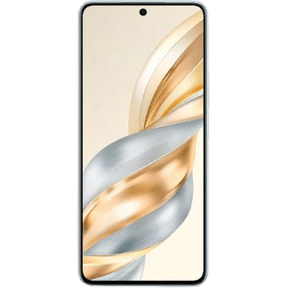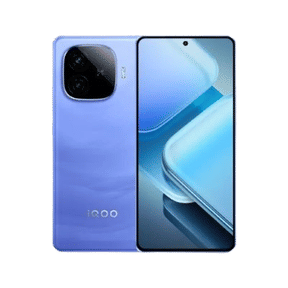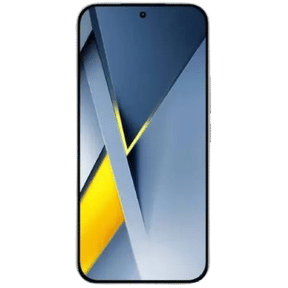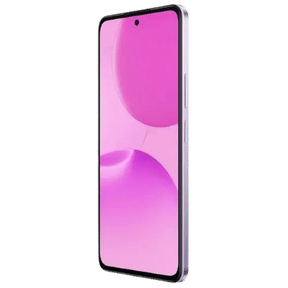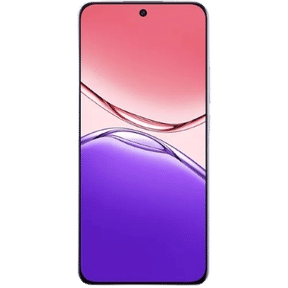Smartphone displays have reached new heights in 2025, offering ultra-high brightness, adaptive refresh rates, superior color accuracy, and energy efficiency. As we step into 2025, two flagship smartphones stand out in the battle for the best display experience- OnePlus 13 Vs Samsung Galaxy S24 Ultra.
Both phones offer cutting-edge technology, ultra-high peak brightness, and adaptive refresh rates, but which one truly delivers the best viewing experience? In this blog, we will do a detailed OnePlus 13 Vs Samsung Galaxy S24 Ultra display comparison. So, let’s begin.
Also Read: OnePlus 13 Vs Google Pixel 9 Pro Camera: How They Compare in 2025
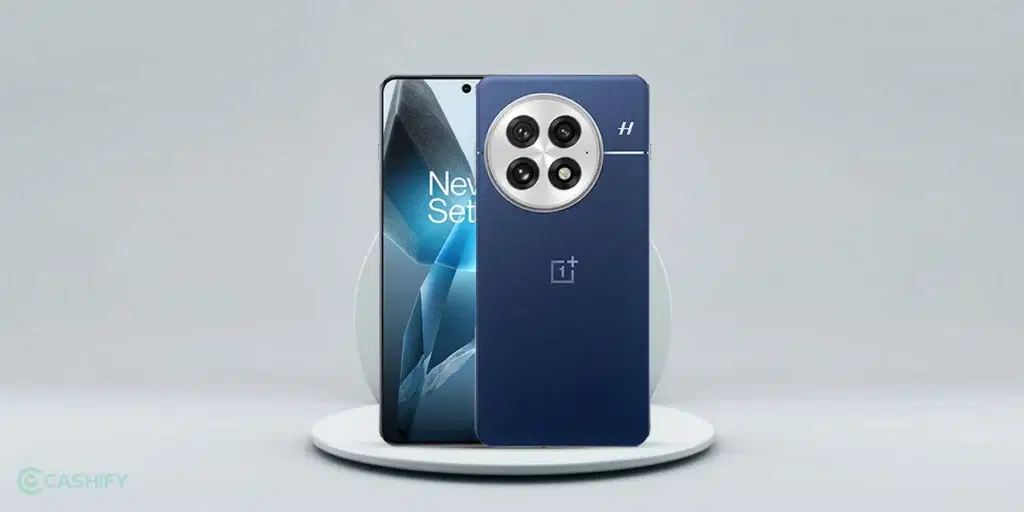
OnePlus 13 Vs Samsung Galaxy S24 Ultra: Display Comparison
Here have a look at the OnePlus 13 and Samsung Galaxy S24 Ultra display at a glance:
| Feature | OnePlus 13 | Samsung Galaxy S24 Ultra |
|---|---|---|
| Display Size | 6.8 inches | 6.82 inches |
| Panel Type | ProXDR LTPO 4.1 | Dynamic AMOLED 2X |
| Resolution | 3168 × 1440 (QHD+) | 3120 × 1440 (QHD+) |
| Refresh Rate | 1Hz – 120Hz Adaptive | 1Hz – 120Hz Adaptive |
| Peak Brightness | 4500 nits | 2600 nits |
| HDR Support | HDR10+, Dolby Vision | HDR10+, Dolby Vision |
| PWM Dimming | 2,160Hz | 2,440Hz |
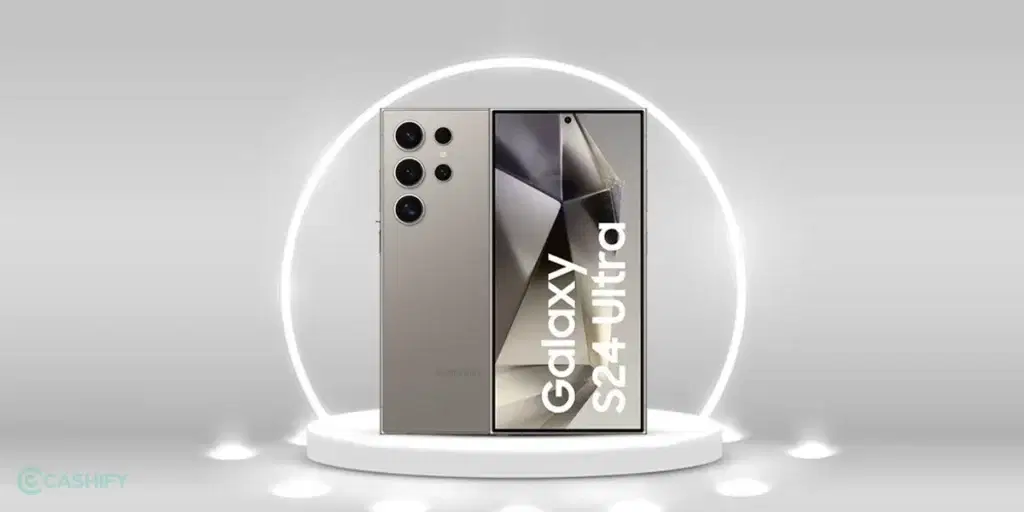
Peak Brightness & Outdoor Visibility
One of the biggest upgrades in smartphone displays in recent years has been peak brightness levels, which enhance visibility in direct sunlight and improve HDR content quality.
In the OnePlus 13 vs Samsung Galaxy S24 Ultra display comparison, the Samsung Galaxy S24 Ultra has an impressive 2,600 nits peak brightness, making it one of the brightest smartphones of 2025. However, OnePlus 13 is setting a new record with a 4,500 nits peak brightness, making it the brightest smartphone screen ever.
Why does this matter?
- Better sunlight visibility – If you use your phone outdoors frequently, OnePlus 13 could offer superior readability.
- More immersive HDR content – Higher peak brightness enhances HDR video playback, making highlights more vivid and realistic.
Refresh Rate & Smoothness
Next we will talk about the refresh rate. Both smartphones feature an adaptive refresh rate technology, meaning:
- The screen can drop to 1Hz when displaying static content (like Always-On Display), saving battery life.
- It can go high up to 120Hz for ultra-smooth scrolling, gaming, and animations.
Since both devices offer the same refresh rate range, this round is a tie.
Color Accuracy & HDR Performance
Samsung has been the leader in OLED technology, and its Dynamic AMOLED 2X display is known for:
- Better color accuracy and natural tones
- Higher contrast and deeper blacks
- Optimized HDR tuning for Netflix, YouTube, and gaming
Both phones support HDR10+ and Dolby Vision, but Samsung’s AMOLED displays have a history of better calibration.
So, between OnePlus 13 vs Samsung Galaxy S24 Ultra display comparison, if you prioritize true-to-life colors, deep blacks, and HDR consistency, the Galaxy S24 Ultra could be the better choice.
Also Read: 10 Best AI Camera Phones In 2025: Premium & Budget Picks For You
Eye Comfort & PWM Dimming
Both OnePlus 13 vs Samsung Galaxy S24 Ultra display use Pulse Width Modulation (PWM) dimming to control brightness levels. However, the higher the PWM frequency, the lower the flicker, reducing eye strain.
- Samsung Galaxy S24 Ultra has 2,440Hz PWM dimming, which is significantly better for users who are sensitive to screen flickering.
- OnePlus 13 features 2,160Hz PWM dimming, which is good but slightly behind Samsung’s more refined eye-comfort technology.
If you use your phone for long hours, especially in low light, the Samsung S24 Ultra’s display will be more comfortable for your eyes.
Energy Efficiency & Battery Impact
Both display have LTPO technology, which helps in power efficiency by adjusting refresh rates dynamically. However, Samsung has been refining its OLED power efficiency for years. The Dynamic AMOLED 2X panel is expected to consume less power compared to the OnePlus 13’s ProXDR display.
If battery life is a priority, the Samsung Galaxy S24 Ultra could be a better choice.
Final Verdict
And that’s all about the OnePlus 13 Vs Samsung Galaxy S24 Ultra display comparison. Both displays are top-of-the-line, and your choice depends on your personal preference and use case.
You can choose
OnePlus 13 if:
- You need the brightest display for outdoor use.
- You want the newest LTPO 4.1 technology.
Samsung Galaxy S24 Ultra if:
- You prefer more color-accurate displays.
- You use your phone at night a lot and want less eye strain.
- You need better battery efficiency.
Which one would you pick? Let us know in the comments.
Check these too:
Frequently Asked Questions
Which is better- OnePlus 13 or Samsung Galaxy S24 Ultra?
When it comes to OnePlus 13 or Samsung Galaxy S24 Ultra display, we can say S24 Ultra takes the lead in terms of more color-accuracy, lesser flickering, better battery efficiency.
What is the display of Samsung Galaxy S24 Ultra and OnePlus 13?
Both Samsung Galaxy S24 Ultra and OnePlus 13 comes with 6.8-inch screen size and 120Hz refresh rate. The difference lies in the peak brightness, which is 4500 nits for OnePlus 13 and 2600 nits for S24 Ultra.
Which phone has the best camera?
Samsung Galaxy S25 Ultra, OnePlus 13, Google Pixel 9 Pro, Xiaomi 14 Ultra, etc. come with excellent camera qualities.
Also Read: 5 Phones Better Than Samsung Galaxy S24 Ultra In 2025
If you’ve just bought a new phone and don’t know what to do with your old phone, then here’s your answer. Sell old mobile to Cashify and get the best price for it. If you are planning to buy a new phone, check out Cashify’s refurbished mobile phones. You can get your favourite phone at almost half price with six-month warranty, 15 days refund and free delivery.




